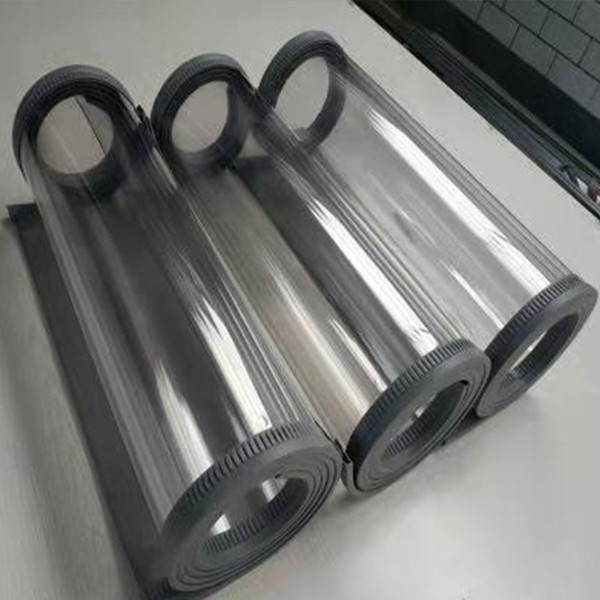High-Quality PVC Welding Curtains for Optimal Safety and Protection
Welding PVC Curtains A Practical Guide
Welding PVC curtains are an essential component in modern industrial workplaces, especially in environments where welding, cutting, or similar operations take place. These curtains serve multiple purposes, including protecting workers from harmful radiation, reducing noise, and maintaining temperature control within the work area. This article will delve into the advantages, installation processes, and maintenance of welding PVC curtains.
Advantages of Welding PVC Curtains
One of the primary benefits of using PVC curtains in welding environments is their ability to shield workers from harmful ultraviolet (UV) rays and infrared radiation emitted during welding processes. Ordinary curtains or screens may not provide adequate protection, leading to potential health hazards such as skin burns or eye damage from bright arcs. PVC curtains specially designed for welding are often tinted or colored to block these harmful rays effectively.
Additionally, welding PVC curtains contribute significantly to noise reduction. In busy workshops or factories where multiple welding operations occur simultaneously, noise can become overwhelming. PVC curtains act as sound barriers, absorbing and dampening noise, thus creating a safer and more comfortable working environment.
Temperature control is another crucial aspect of welding operations. In large workspaces, fluctuations in temperature can affect both the quality of the work being performed and the comfort of the staff. PVC curtains help in isolating specific areas, maintaining a more stable temperature and ensuring optimal working conditions.
Installation Process
welding pvc curtain

The installation of welding PVC curtains requires careful planning and execution to ensure maximum effectiveness. First, assess the area where the curtains will be installed. It's essential to identify the specific needs based on the welding operations being performed, as this will dictate the type and thickness of the PVC material required.
Next, measure the dimensions of the opening or area that needs to be covered. PVC curtains can come in various sizes, but custom solutions are also available for unique installations. Once the measurements are taken, choose the appropriate curtain thickness. Typically, thicker materials provide better protection against UV rays and noise.
After procuring the materials, proceed with the installation. Most PVC curtains come with mounting hardware, which can be affixed to walls or ceilings. Ensure the curtains hang straight and are securely fastened to allow for easy access while still providing the necessary coverage.
Maintenance of Welding PVC Curtains
Regular maintenance of welding PVC curtains is vital to prolong their lifespan and maintain their protective capabilities. Clean the curtains periodically with mild soap and water to remove dust, debris, and any welding spatter. Avoid harsh chemicals that could degrade the PVC material.
It's also important to inspect the curtains for any signs of wear or damage. Look for punctures, tears, or discoloration, which can compromise their protective qualities. If any sections are damaged, consider repairing or replacing them to ensure maximum safety for workers.
In summary, welding PVC curtains are an invaluable investment for any welding environment. They provide critical protection against harmful rays, reduce noise levels, and aid in temperature regulation. By understanding their benefits, following proper installation procedures, and committing to regular maintenance, workplaces can create a safer, more efficient environment for everyone involved.
-
Plastic Strip Door – Durable & Energy Saving Industrial Doors for Global UseNewsNov.24,2025
-
Efficient Plastic Drapes Warehouse Solutions for Global Storage & ProtectionNewsNov.23,2025
-
Understanding PVC Clear Sheet Rolls: Applications, Benefits & Future TrendsNewsNov.23,2025
-
Soft PVC Roll: Versatile, Durable Solutions for Modern IndustriesNewsNov.22,2025
-
Transparent Soft PVC Sheet – Versatile, Durable, and Sustainable Plastic SolutionsNewsNov.21,2025
-
Industrial Plastic Door Curtains - Efficient, Durable, and Cost-Effective SolutionsNewsNov.19,2025



